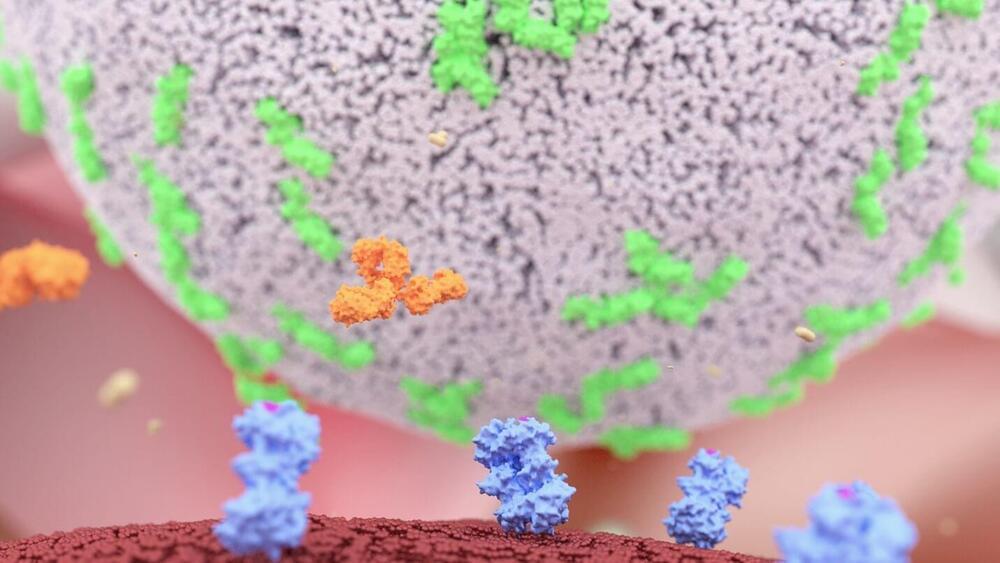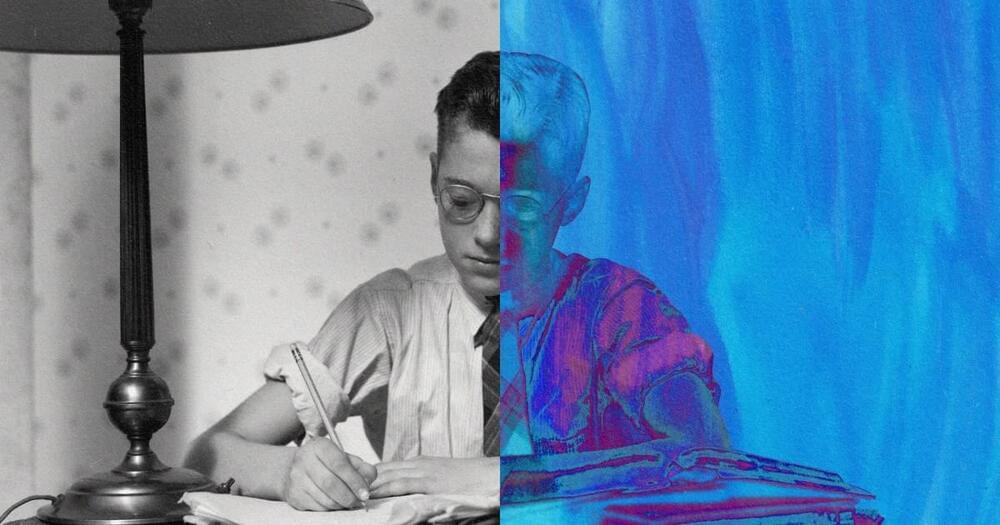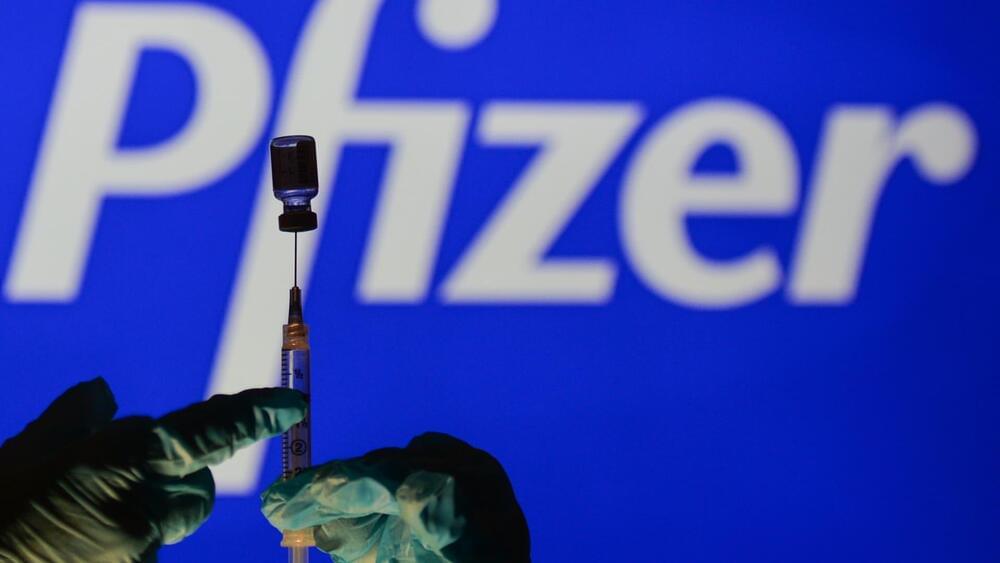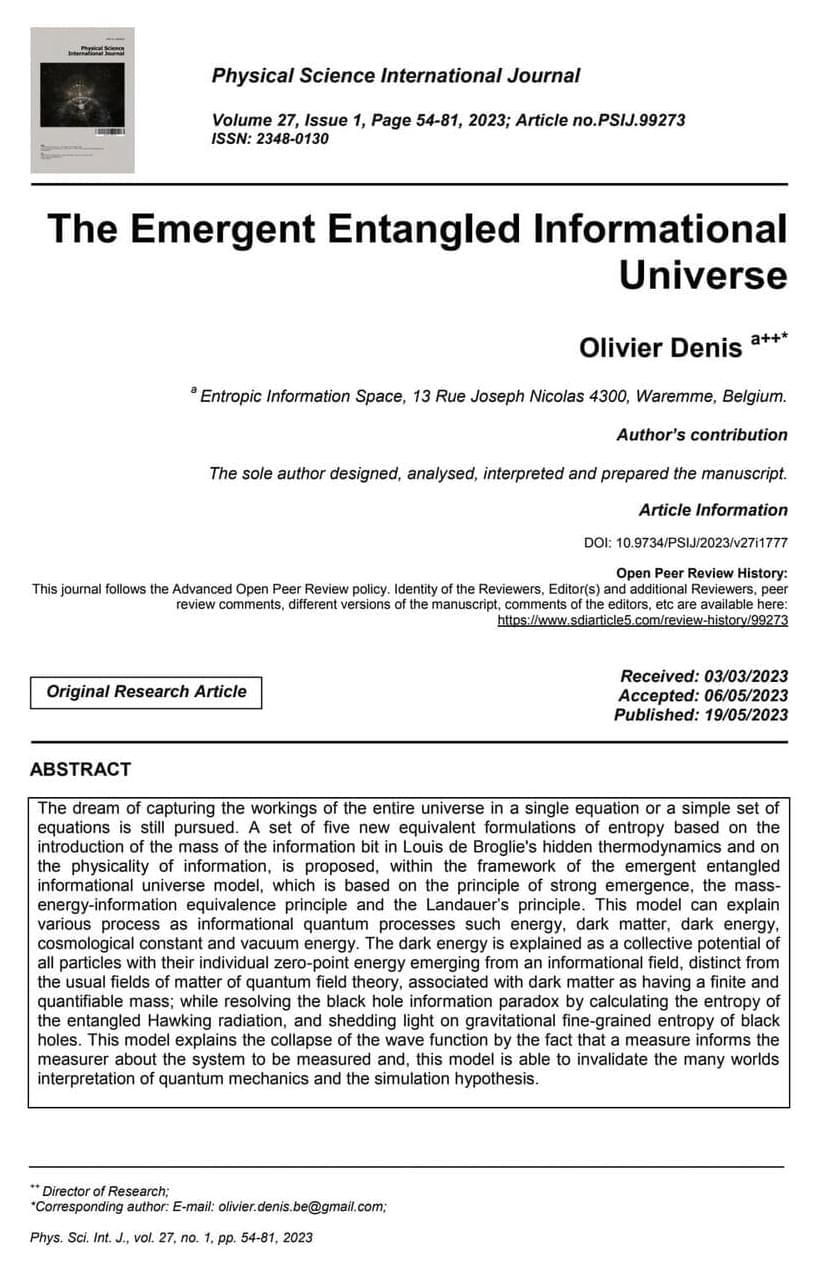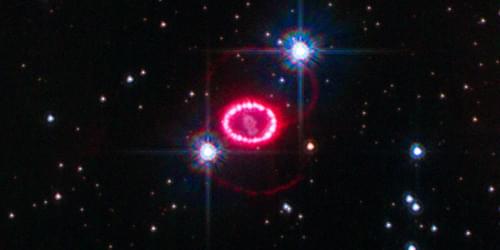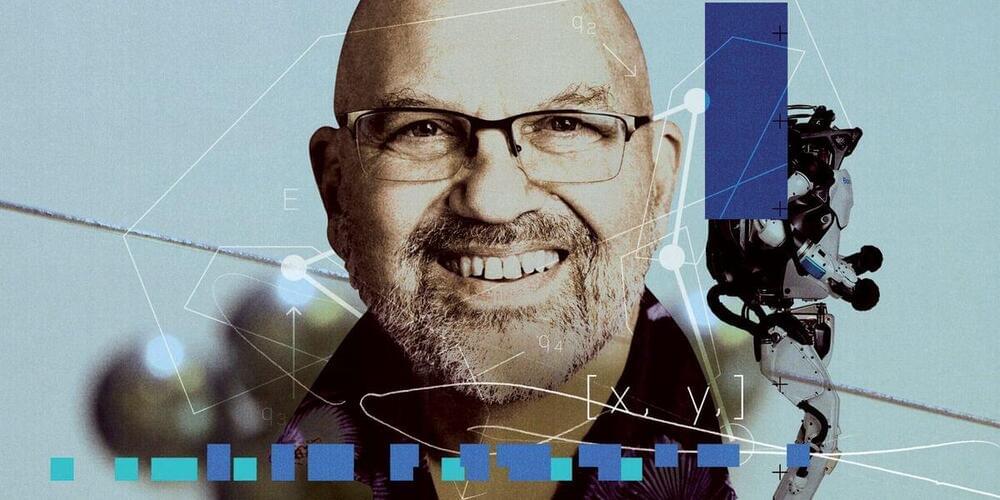GTB-3550 is the company’s first TriKE® product candidate that was evaluated in Phase 1 clinical trials for the treatment of acute myeloid leukemia (AML), myelodysplastic syndrome (MDS), and other CD33+ hematopoietic malignancies. Phase 1 clinical trials were shown to be both safe and well-tolerated, as well as proving the molecule’s clinical concept and providing a framework for future product candidates.
GTB-3650 is a second-generation protein developed to treat AML and MDS. It has replaced GTB-3550 and utilizes camelid nanobody technology. GTB3650 has successfully completed pre-clinical trials and is in the good manufacturing process (GMP) stage, which is usually the last developmental milestone before progressing into phase 1 clinical trials.
